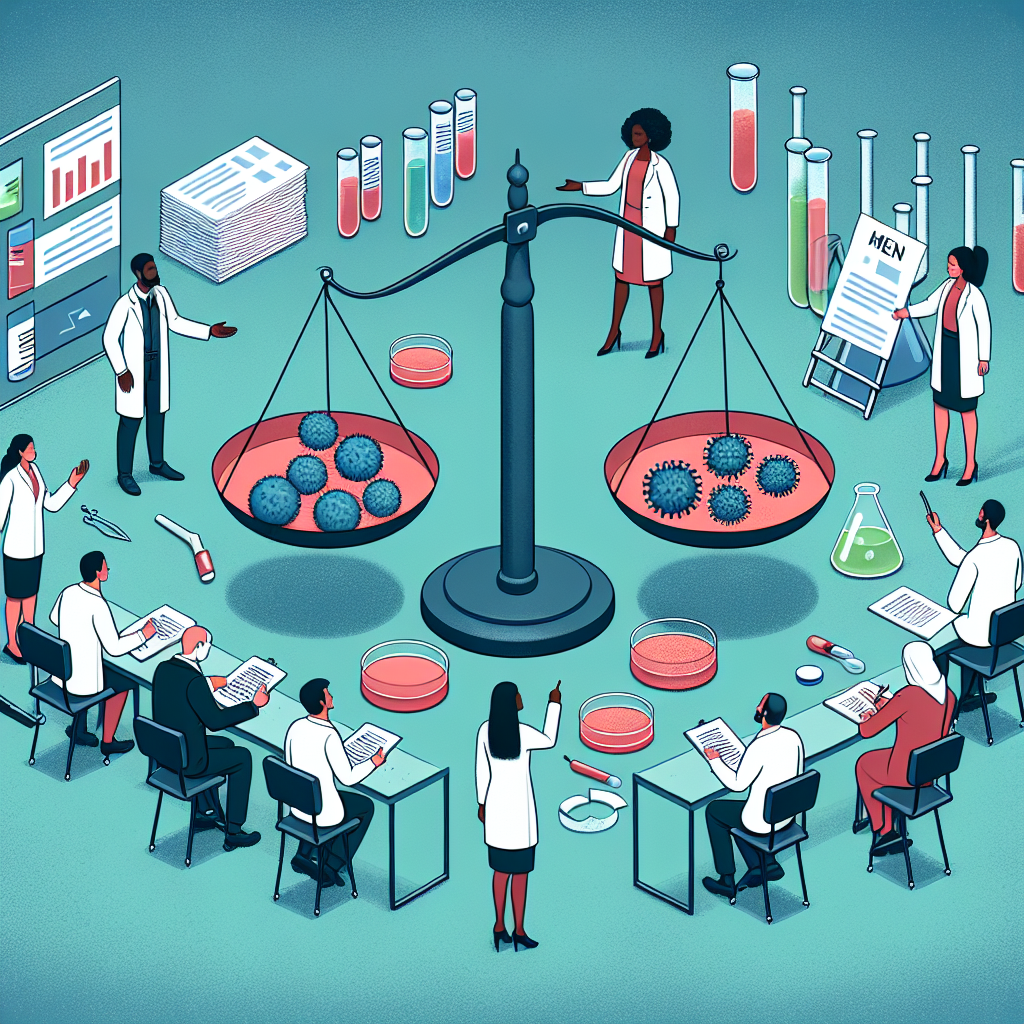Addressing the Gender Imbalance in Medical Research: Key Areas of Concern
Addressing the Gender Imbalance in Medical Research: Key Areas of Concern
Introduction
Gender imbalance in medical research has long been a critical issue, affecting the accuracy and applicability of medical findings. This imbalance often leads to a lack of understanding of how different genders respond to various treatments and medications. Addressing this issue is crucial for advancing equitable healthcare.
Key Areas of Concern
Underrepresentation of Women in Clinical Trials
Historically, women have been underrepresented in clinical trials, leading to a gap in data regarding female-specific health issues and responses to treatments.
- Many clinical trials have predominantly male participants.
- Results often do not account for gender-specific physiological differences.
- Potential risks and side effects for women remain underexplored.
Biological Differences and Their Impact
Biological differences between genders can significantly impact medical outcomes, yet these differences are often overlooked in research.
- Hormonal variations can affect drug metabolism and efficacy.
- Gender-specific diseases require targeted research approaches.
- Ignoring these differences can lead to misdiagnosis and ineffective treatments.
Need for Gender-Sensitive Research Policies
Implementing gender-sensitive policies in research can help bridge the gap and ensure more inclusive and accurate medical findings.
- Encouraging balanced gender representation in study populations.
- Mandating gender-specific data analysis and reporting.
- Funding initiatives focused on women’s health issues.
Conclusion
Addressing the gender imbalance in medical research is essential for developing effective and equitable healthcare solutions. By recognizing and incorporating gender differences in research, the medical community can improve health outcomes for all individuals. Ensuring balanced representation and analysis will lead to more comprehensive and applicable medical knowledge.


















